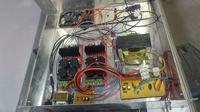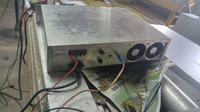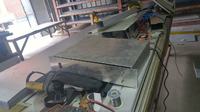- Joined
- Jan 22, 2008
- Messages
- 52,478
- Helped
- 14,756
- Reputation
- 29,794
- Reaction score
- 14,120
- Trophy points
- 1,393
- Location
- Bochum, Germany
- Activity points
- 298,338
Misleading title. Both amplifiers are regular linear class AB MOSFET output amplifiers.
Thread merged with previous amplifier thread.
Thread merged with previous amplifier thread.


